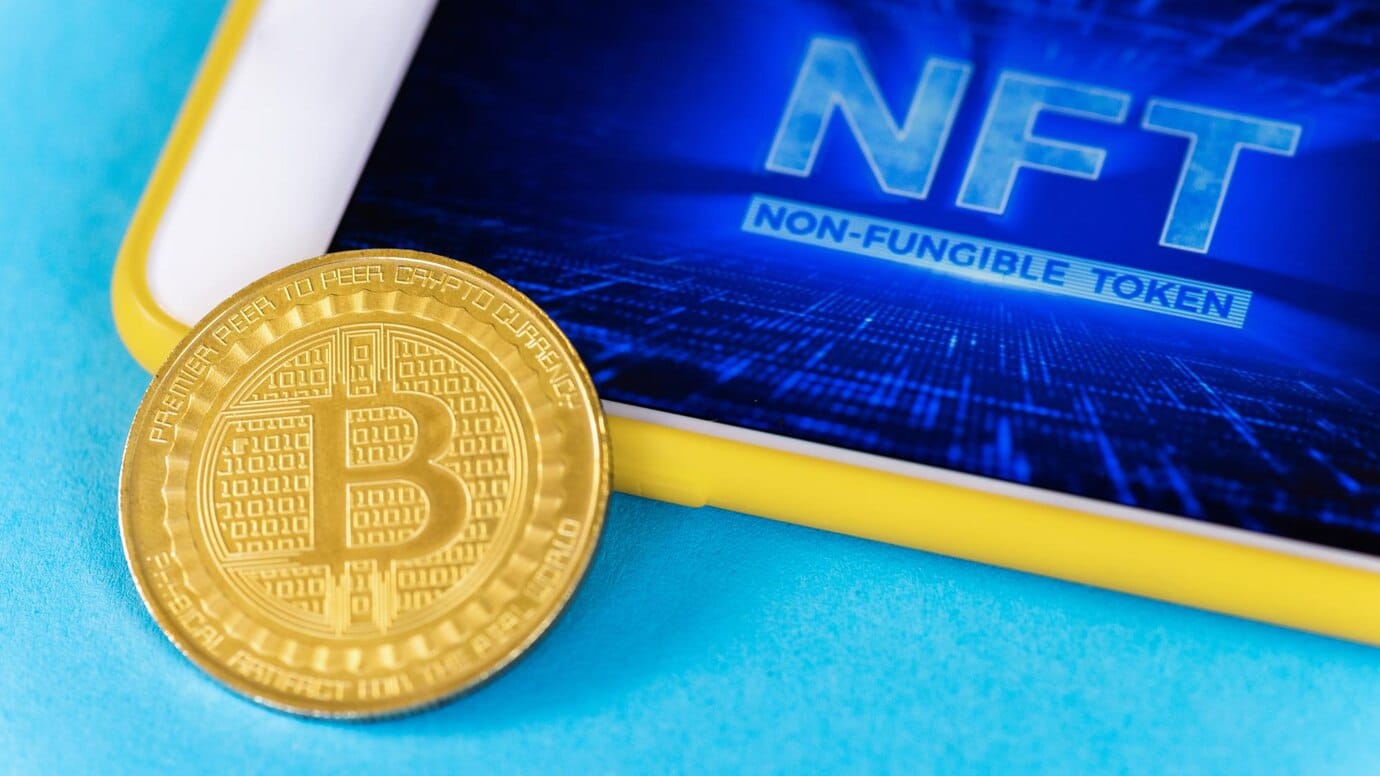
Storing NFTs Safely in Your Wallet
NFTs, or non-fungible tokens, are unique digital assets. They show ownership of things like artwork, collectables, game items, and utility passes. As these assets grow in value and use, protecting them becomes just as important as acquiring them. No matter if you collect for fun or invest seriously, knowing how to store NFTs safely in your wallet is key to protecting your portfolio.
Improper handling or lax security practices can lead to irreversible loss. Unlike traditional bank accounts, there’s no “undo” button in Web3. To own NFTs responsibly, choose the right wallet. Set security protocols and follow best practices.
Why It Matters

The Rise in NFT Theft and Scams
As the NFT market has grown, so have the risks. Phishing scams, wallet hacks, and bad smart contracts have led to millions in lost or stolen NFTs. Because NFTs live on decentralised blockchains, stolen assets can be impossible to recover.
What makes NFT wallet security even more important is that it’s largely self-managed. There’s no centralised customer support to help recover a misplaced or stolen NFT. You are your own bank, which is both empowering and demanding.
Digital Assets Require Digital Vigilance
From elite artwork to gaming assets with real-world value, your NFTs deserve the same care you’d give to traditional investments. Storing and securing your NFTs well brings peace of mind. It also lowers the risk of loss from errors or bad actors.
Key Benefits of Proper NFT Storage
1. Long-Term Protection
Using secure wallet options and setting access controls helps keep your NFTs safe and under your control for the long term. This is especially crucial for long-term holders or those collecting for future resale value.
2. Easier Portfolio Management
A good storage system is key. Keep hot wallets, used for transactions, separate from cold wallets, which hold assets securely. This setup helps you track NFTs, manage risks, and work efficiently in the NFT world.
3. Reduced Exposure to Exploits
Scammers often trick users into approving harmful smart contracts. They also target those who keep assets in weak browser-based wallets. By securing your NFTs in a trusted, hardened environment, you drastically reduce this attack surface.
Additional Expert Tips & Common Mistakes to Avoid
Best Practices for NFT Wallet Security
Choose the Right Type of Wallet
There are two main wallet types you should consider for NFT storage:
- Hot Wallets (e.g., MetaMask, Trust Wallet): Great for interacting with marketplaces and dApps. Easy to use, but more exposed to online threats.
- Cold Wallets (e.g., Ledger, Trezor): Hardware wallets that store your keys offline. Ideal for long-term holding and high-value NFTs.
Use both: a hot wallet for activity and a cold wallet for storage.
Use Separate Wallets for Different Purposes
Avoid storing all NFTs in one wallet.
For example:
- Trading wallet: Used for interacting with marketplaces and minting.
- Vault wallet: Stores high-value or long-term holdings.
- Testing wallet: Isolated wallet for exploring new platforms.
This setup limits exposure in case one wallet is compromised.
Always Verify Transactions
Before signing any wallet interaction, double-check the source. Make sure the domain is legitimate and the smart contract is known or verified. When in doubt, don’t sign.
Enable Multi-Factor Authentication (MFA)
Some wallet platforms and extensions allow extra layers of protection. Use MFA wherever possible and combine it with secure device practices.
Common Mistakes to Avoid
1. Keeping Everything in Browser-Based Wallets
Browser extensions like MetaMask are convenient, but not ideal for long-term storage. They’re vulnerable to phishing sites, malware, and browser exploits.
2. Ignoring Seed Phrase Security
Never store your seed phrase online or in plain text. Write it down and store it in a secure, offline location—preferably multiple. If someone accesses your seed phrase, they have total control of your NFTs.
3. Signing Random Smart Contracts
Many wallet compromises occur when users unknowingly approve malicious contracts. Always vet projects and double-check URLs before interacting.
4. Not Keeping Software Updated
Old wallet software or browser extensions may contain unpatched vulnerabilities. Always keep your wallets and devices up to date.
Advanced Insights and Expert Recommendations
Hardware Wallets: The Gold Standard
If you’re serious about NFT storage, a hardware wallet is essential. Devices like Ledger Nano X and Trezor Model T store your private keys offline. This makes them nearly impossible to hack from afar. Pair your hardware wallet with a clean, dedicated device for added protection.
Many hardware wallets connect directly to NFT platforms. This lets you manage your assets securely and easily.
Use Reputable Wallet Interfaces
Choose wallets that are well-audited and actively maintained. Some of the most trusted NFT wallets include:
- MetaMask: Popular for Ethereum-based NFTs; best used with hardware wallet support.
- Trust Wallet: Mobile-first and supports multiple chains.
- Rainbow: Known for its sleek UX and NFT support.
- Ledger Live + MetaMask: Combines the security of hardware with the flexibility of MetaMask.
- Argent: Offers advanced recovery options and built-in security tools.
Consider Multi-Signature Wallets
Collectors with high-value NFTs or DAO assets can use multi-signature (multisig) wallets, like Gnosis Safe. These wallets add extra protection by needing multiple approvals for transactions. This is a strong option for shared custody or collaborative ownership models.
Monitor for Suspicious Activity
Use tools like:
- Revoke.cash – to see and revoke token approvals.
- Etherscan Token Tracker – to audit activity in your wallet.
- Wallet Guard – for browser-based transaction warnings and phishing alerts.
These tools show wallet permissions and interactions. They help you stay ahead of potential threats.
Securing the Future of Your NFTs

In the NFT world, custody equals control. If you’re not storing your NFTs securely, you’re risking more than just a digital file—you’re risking real capital and hard-earned trust in your assets.
Use the right tools, like hardware wallets, smart practices, and regular audits of your wallet permissions. This way, you can join the NFT space without worrying about losses.
Storing NFTs safely is not about complexity—it’s about consistency. Adopt these best practices today and future-proof your NFT investments from the inside out.